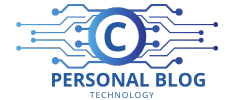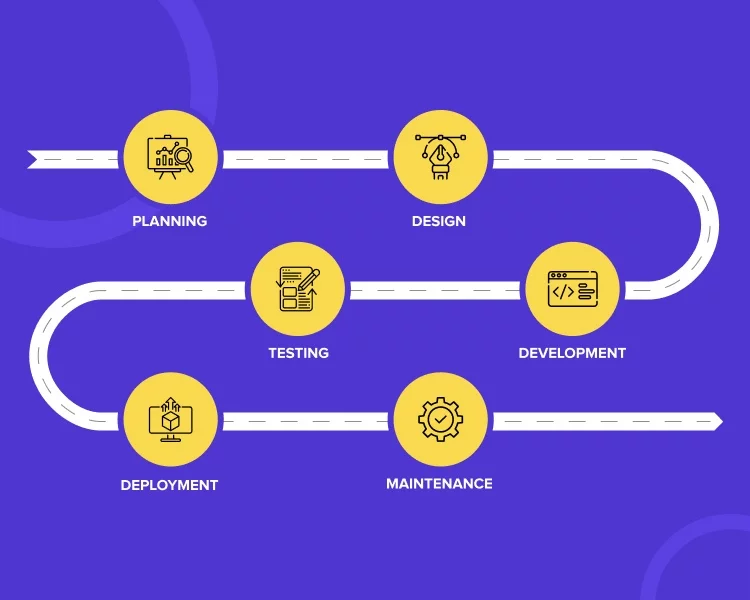IT automation is the process of automating routine tasks within an organization. This can be implemented through various software solutions, such as web scraping, database queries, and so on.
In today’s world of software and web app development, it is not enough to simply have a website and a bunch of buttons to buy products or book sessions.
One needs to ensure that these web pages and buttons work, regardless of the internet connection, the device it is being accessed from, or the software version.
This is where IT automation comes in. IT automation simply means automating routine tasks within an organization, such as making sure that robots don’t respond to user requests or crucially, do not access sensitive data.
In this article, we will discuss the importance of IT automation and its different types, including automation of software, hardware, and processes. We will also explore the pros and cons of automating different tasks, as well as the best practices for implementing IT automation strategies.
What Is IT Automation?
Automation is a process that enables machines to perform repetitive tasks automatically. It relies on devices that are designed to sense and respond to specific patterns. Robotics, computer software, and automation sensors are some of the most common types of automation.
Most automation solutions come with a plug-in model that allows an end-user to programmatically control the automation. Some solutions also provide APIs (application programming interfaces) that allow the automation to be controlled by a third party.
Types Of IT Automation
There are many types of automation, as discussed below.
Direct Replacement
In this type of automation, the end-user programmable features are directly replaced by hardware or computer code. There is no need to re-code the end user-facing pages.
Scripted Replacement
In this type of automation, computer code is used to replace the existing code. However, the existing code must be kept aside and re-tested before the replacement is initiated. There is a possibility of introducing errors that are then detected and FIXED by the computer code.
Automation In Combination With IoT
IoT (internet of things) is the next big thing in automation. It promises to connect more devices to the internet, making them easier to control. Automation solutions are being developed to enable the seamless operation of these devices.
Benefits Of IT Automation
More Security
The best automation solutions come with a built-in firewall that allows only the required traffic to pass through the computer. This level of security is not achieved with port forwarding or simple VPNs.
Increased Efficiency
Automation systems are designed to increase efficiency by using less staff and administrative overhead. Similarly, there is less need for training and organizational change as the automation systems are gradually automated.
Reduced Costs
One of the great benefits of IT automation is its ability to reduce costs. For instance, you need to maintain separate websites for each department within an organization. With automation, all you need to do is to link the websites using a simple URL. This redirects traffic to the desired page.
Cons Of IT Automation
Increased complexity
As automation systems get more complex, the level of control declines. For instance, with regard to your company’s website, you may want it to load quickly and show the latest news. However, the code required for this increases dramatically as the number of widgets, pages, etc. grows.
Lack Of Flexibility
Automation systems are usually designed to be highly controlled. This means that you would need to carefully plan your IT automation strategy. If you need to make an emergency update, you would need to reschedule the rest of the day.
Software Automation
Robotics, computer software, and automation sensors are some of the most common types of automation. Most software solutions come with a plug-in model that allows an end-user to programmatically control the automation.
Some solutions also provide APIs (application programming interfaces) that allow the automation to be controlled by a third party.
Hardware Automation
Similar to software, hardware can be implemented as a plug-in or a code. However, most hardware automation solutions are programmable and therefore have a limited amount of automation features.
For instance, you can use a plug-in to programmatically control the operation of an industrial machine. However, if you need to make an emergency update, you would need to manually shut down the machine and restart it from scratch.
Processes That Can Be Automated
Many processes within an organization can be automated. For instance, your company may have a regular process for hiring staff. This process can be automated with a software solution that schedules applicant tracking.
There are many types of automation, as discussed above. However, the main types are a direct replacement, scripted replacement, automation in combination with IoT, and automation among others
As the modern world becomes more digital, there is a growing demand for security. Therefore, it is important for businesses to ensure that their websites are secure. Automation is a great way to ensure that routine tasks within an organization are automated.
With automation, you can ensure that any website works regardless of the internet connection, the device it is being accessed from, or the software version. Automation is a great way to save time and reduce expenses.
With automation, you can ensure that any website works regardless of the internet connection, the device it is being accessed from, or the software version. To get the most out of automation, it is important to understand it, as well as its pros and cons.
This article has provided a brief overview of what automation is, as well as some of its main types. We hope that this article was useful in understanding the different types of automation and how they can be used within an organization.
















